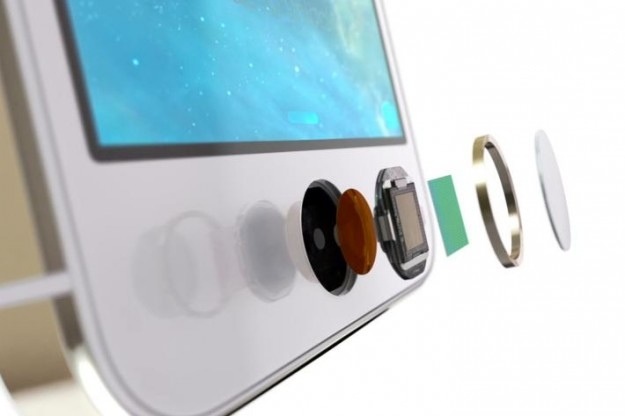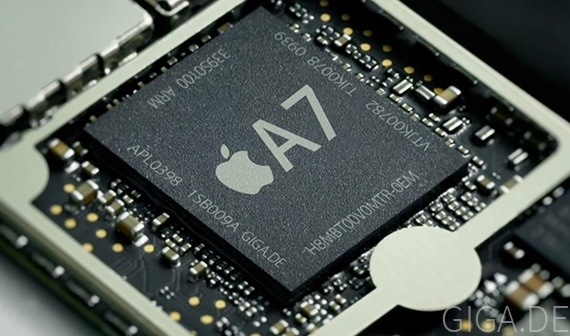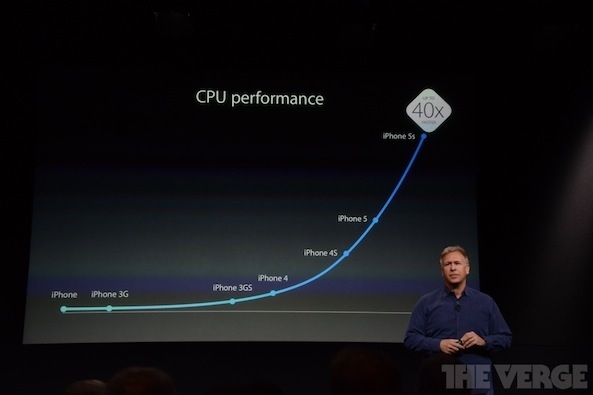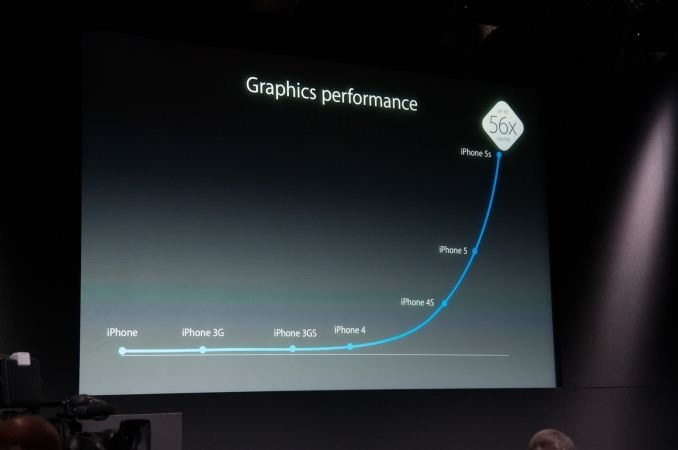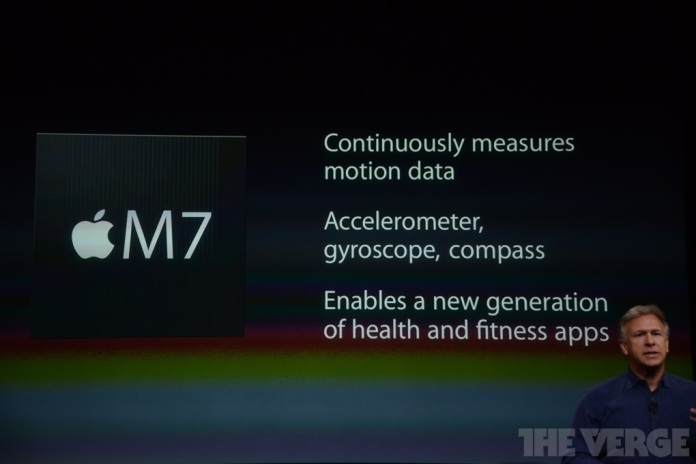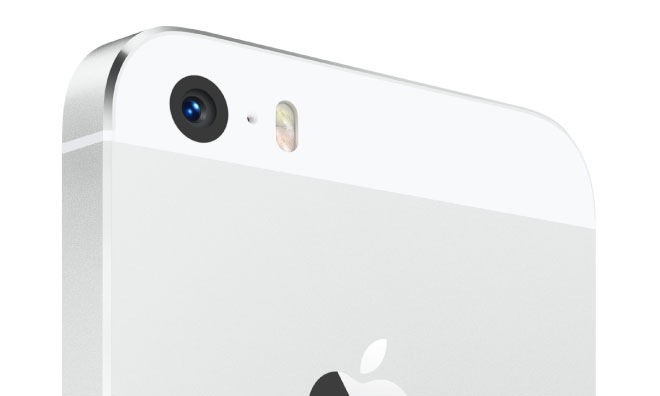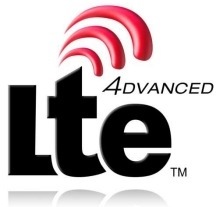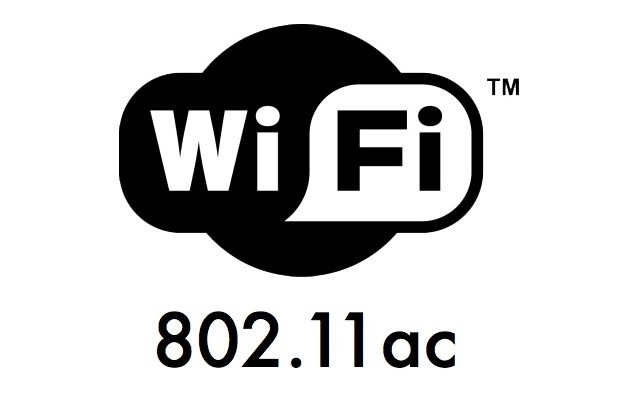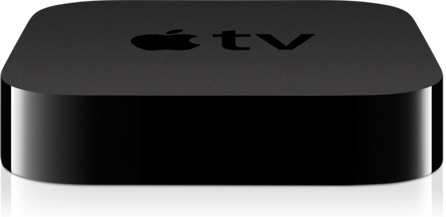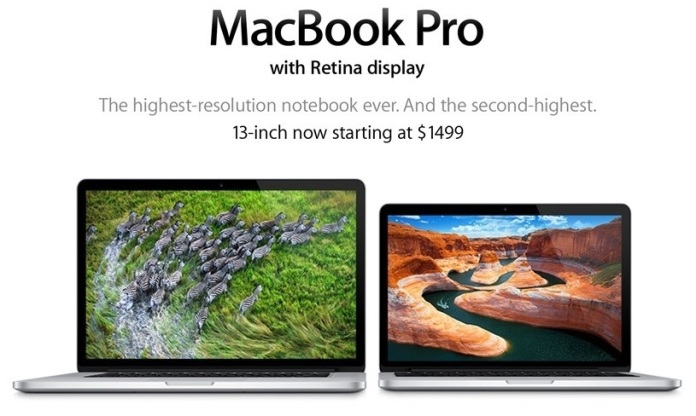With Tuesday’s big event over, here’s the recap of what Apple did, and did not announce.
What Apple did announce that we predicted:
Fingerprint Sensor for the iPhone 5s
Apple released the iPhone 5s, with the oft-rumoured fingerprint sensor, or in Apple’s words “Touch ID”. It’ll be able to unlock your phone, and make iTunes purchases. The fingerprint(s) will be stored in a part of the 64-bit A7 processor of the 5s in which only the fingerprint sensor can access. Apple says that the fingerprint(s) will not be stored in iCloud, nor will they be stored in Apple’s servers. No other part of the phone is able to access the fingerprints other then the sensor itself. The fingerprints are also encrypted according to Apple. Many people are skeptical of the safeguards Apple can put in place to stop hackers from accessing your fingerprints, Kevin O’Leary even chimed in before the event to say that he believed that consumers wouldn’t adopt the security feature, as hackers could get into the fingerprints and use them for all sorts of sordid deeds, such as wrongfully framing someone for a crime using their fingerprints.
64-Bit A7 Processor in the iPhone 5s
Apple unveiled the first 64-bit processor on a mobile phone, a whopping 40x faster than the original iPhone, and 56x better graphics performance than the original iPhone. As well, a new benchmark has come out testing the graphics performance of the iPhone 5s, although you
As well, Forbes explains nicely why Apple added the M7 motion co-processor to the iPhone 5s
Much like a GPU takes the graphical calculations away from the CPU to free it up for more important core tasks, the M7 chip reduces the load on the CPU. It will take the raw data from the various movement and geo-location hardware sensors, and directly output workable data for applications to use. As a dedicated chip, this should reduce the battery demands across the system, as well as freeing up more processing time on the CPU.
It could also be used in conjunction with an iWatch to perhaps power the more demanding tasks an iWatch would have to face, or just taking in data from all the sensors inside of the iWatch, and outputting them into some sort of fitness app. This would also free up the load on the CPU, as an iWatch won’t have to rely on it at all.
New Colours for the iPhone 5s
The 5s now comes in three colours, gold, “space tray”, and silver. They all look stunning, but I would prefer to buy the gold version if I was in the market for a new phone. Here’s a quick pole on what iPhone colour you would prefer:
Improved Camera
The iPhone 5s has been improved greatly over it’s predecessor, with a larger aperture (f2.2), dual-led flash, a larger micron pixel size (1.5), a new image signal processor (ISP), auto image stabilization, burst mode (10 frames per second), and Slo-mo (120fps at 720p). For an in-depth analyses of the camera, check out Mathew Panzarino’s write-up over at TechCrunch.
TD-LTE and LTE-Advanced
Both the iPhone 5s and 5C support TD-LTE, the LTE frequency of choice for the largest carrier in the world, at 700 million subscribers, China Mobile. This enables Apple to have the choice of signing a deal with China Mobile. The iPhone 5s will also support LTE-Advanced, which allows for 1 Gbps download speeds over a wireless signal for fixed mobile broadband and 100 Mbps for actual mobile broadband (moving in a car or bus, for example). This allows the iPhone 5s to be prepared for the upcoming overhaul of LTE structure to support LTE-Advanced.
iPhone 5c
Apple did release the iPhone 5c, after months of rumours, speculation, and leaked pictures. The 5c has largely the same internals as the the iPhone 5. As predicted, Apple did eschew the wonderful two-tone design of the 5, which was of paramount importance to it’s sales, for polycarbonate shells in a multitude of colours. The polycarbonate shells is very scratch-resistant in comparison to the iPhone 5, due to the lacquer hard coat sprayed onto the casing of the iPhone. For a deep analysis of the work Apple put into manufacturing the polycarbonate casing of the iPhone 5c, head on over to Gizmodo. With Apple pricing it as 550$ unlocked, the iPhone 5c is not positioned as the budget-iPhone once predicted, but as an iPhone that appeals to an even larger consumer base, as the plastic MacBook once did.
What Apple didn’t release in the September 10th event:
128 GB iPhone
Apple did not release a 128 gigabyte iPhone 5S today, so perhaps we’ll see just an Apple Store refresh in early 2014, following in the footsteps of last year’s iPad 4.
802.11ac Wifi
To our chagrin over at The Leafs Fan, Apple did not utilize a new wifi chip in the iPhone 5s that could take advantage of 802.11a wifi, also referred to as gigabit wifi, has already been implemented in the MacBook Air and Airport wifi bases. Hence, it seemed like a logical upgrade for the iPhone 5s.
Updated Apple TV
Apple did not announce updated Apple TV hardware or software at Tuesday’s event, with rumours coming after the event suggesting a hardware refresh in an October event.
Updated Retina MacBook Pro
Apple didn’t announce, or even hint at an upcoming release of Haswell equipped Retina Macbook Pros. As previously mentioned in our September 10th article, The update for the MacBook Pros is likely to be new Haswell (obviously) processors with Intel Iris 5100 graphics for the 13-inch and Intel Iris Pros for the 15-inch. The difference between the two is minor, with the Pro coming with 128 MB of DRAM. One thing that is commonly debated is whether or not the 15-inch will come with a discrete GPU or just stick with the iGPUs. The most likely scenario is that the 15-inch will follow in the path of the 13-inch and drop the discrete GPU, as noted by a leaked Geakbench benchmark, which did not discover a discrete GPU in the 15-inch. There have also been rumours that Apple will get some sort of special order Iris integrated GPU from Intel with more execution units and more cache, as a result of the Iris Pro being slightly less powerful then the graphics card of last year’s 15-inch, the Nvidia 650m. Don’t expect any major design changes from last years models, the only change will most likely come from the 13-inch shaving off a few millimetres.
That concludes our overview of Apple’s September 10th event, and stay alert for our October event(s) predictions that are coming soon.

